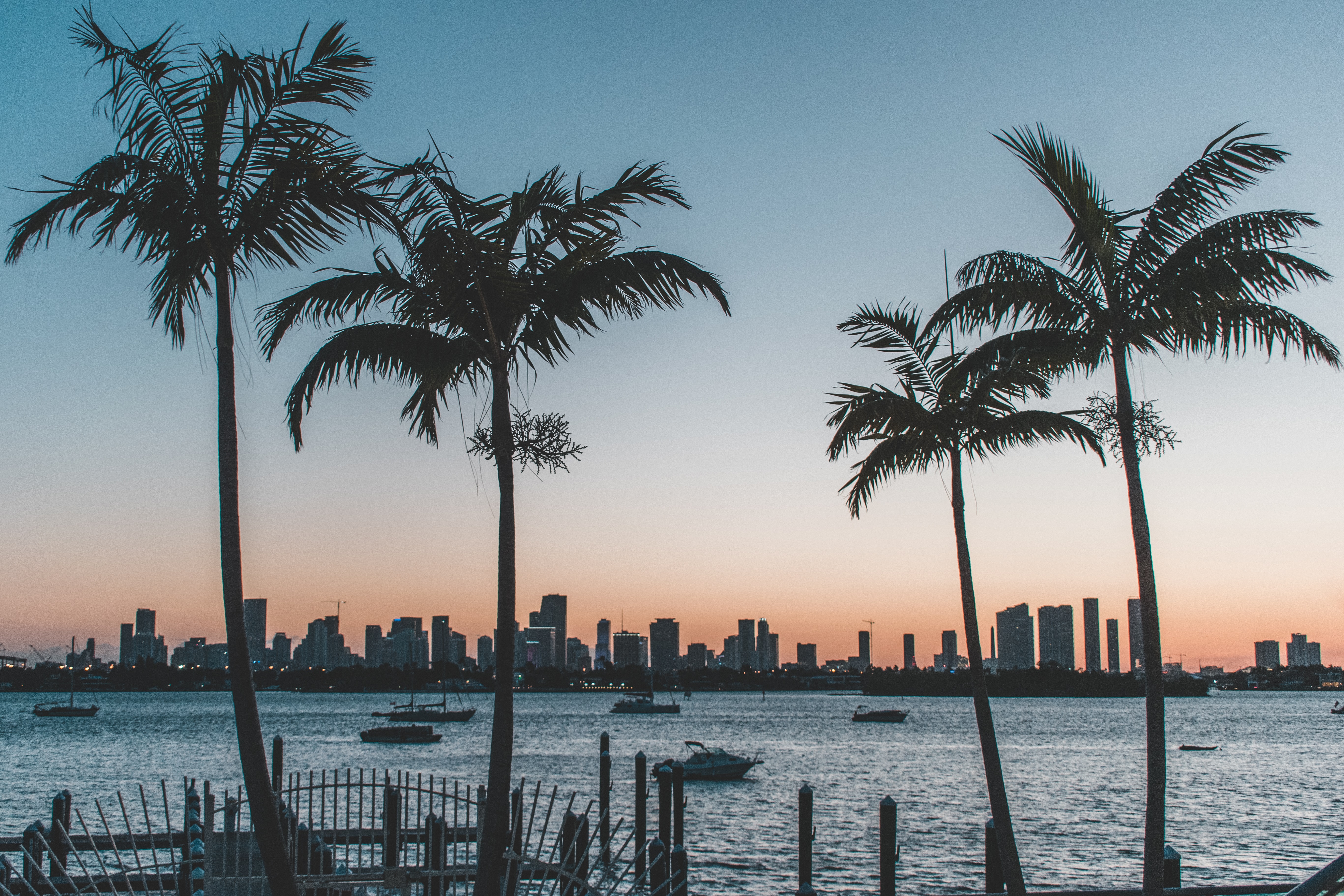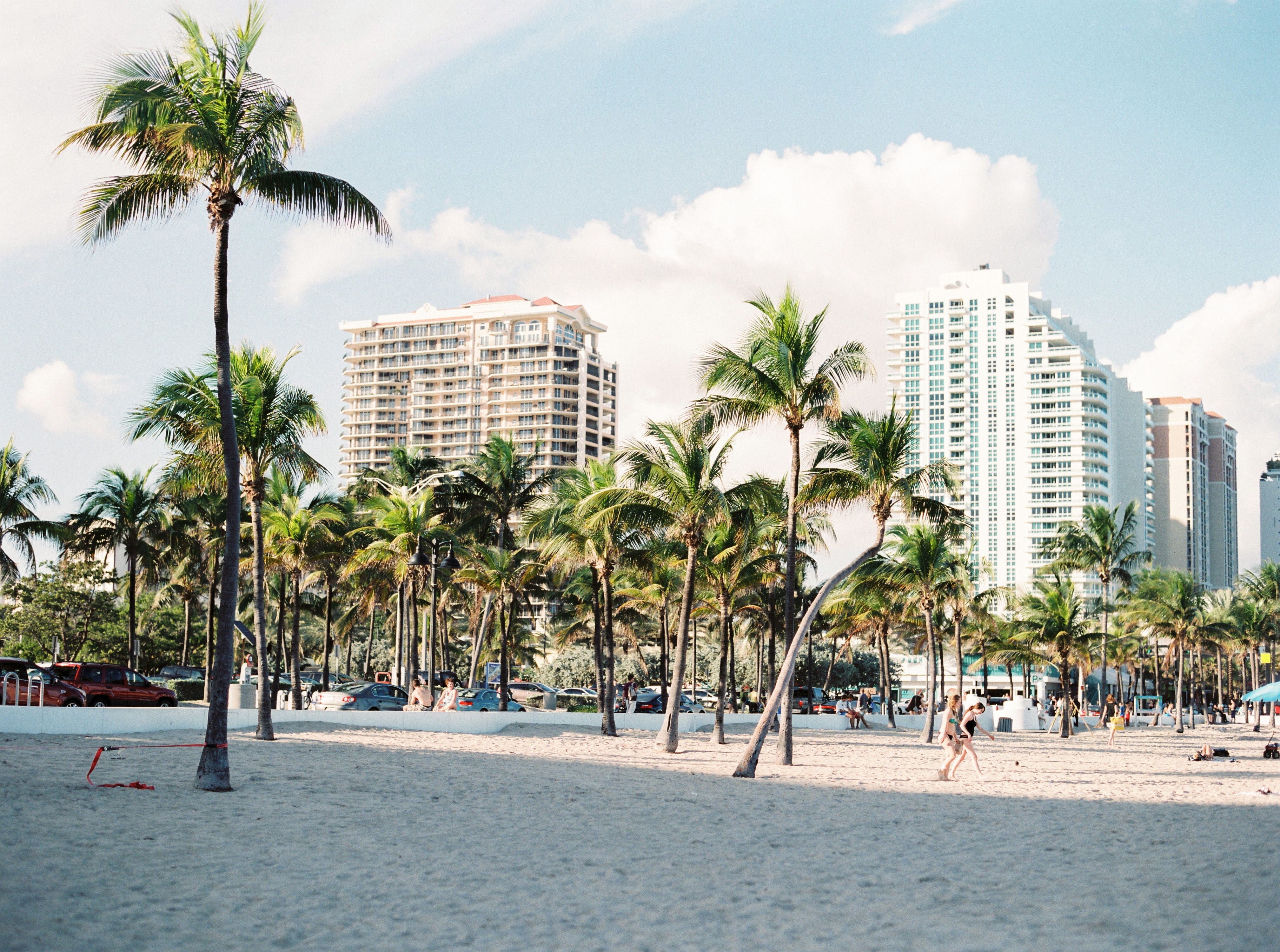Venue & Hospitality
City Highlights
About City
Miami is an international city at Florida's southeastern tip. Its Cuban influence is reflected in the cafes and cigar shops that line Calle Ocho in Little Havana. On barrier islands across the turquoise waters of Biscayne Bay is Miami Beach, home to South Beach. This glamorous neighbourhood is famed for its colourful art deco buildings, white sand, surfside hotels, trendsetting nightclubs. Miami is one of the states and the world’s most popular vacation spots. Though destinations often are said to offer something for everyone, the Miami area does indeed offer multiple enticements for everyone.
Miami has a highly diversified economy with over 170 multinational companies headquartered in the city and its environs. Top economic sectors include tourism, services, trade, manufacturing, real estate, and construction. Major employers include the Miami-Dade County school district, county, federal, and state governments, University of Miami/Jackson Memorial Medical Center, and Bell South. The Miami Customs District reported $47 billion in imports and exports for 1997, mostly from trade with Latin America. The 19-hectare (47-acre) Miami Free Zone, established in 1978, was the world's first privately owned and operated foreign trade zone. It consists of a 78,593-square-meter (846,000-square-foot) warehouse and office complex near Miami International Airport. Miami, located only two degrees above the Tropic of Cancer, is a subtropical city located on flatlands that were once home to pine and palmetto trees. Its coastal area consists of sandy beaches, and even the region's interior is only thinly wooded. Lake Okeechobee, 145 kilometers (90 miles) north of the city, is linked to Miami by manmade canals.
Venue




